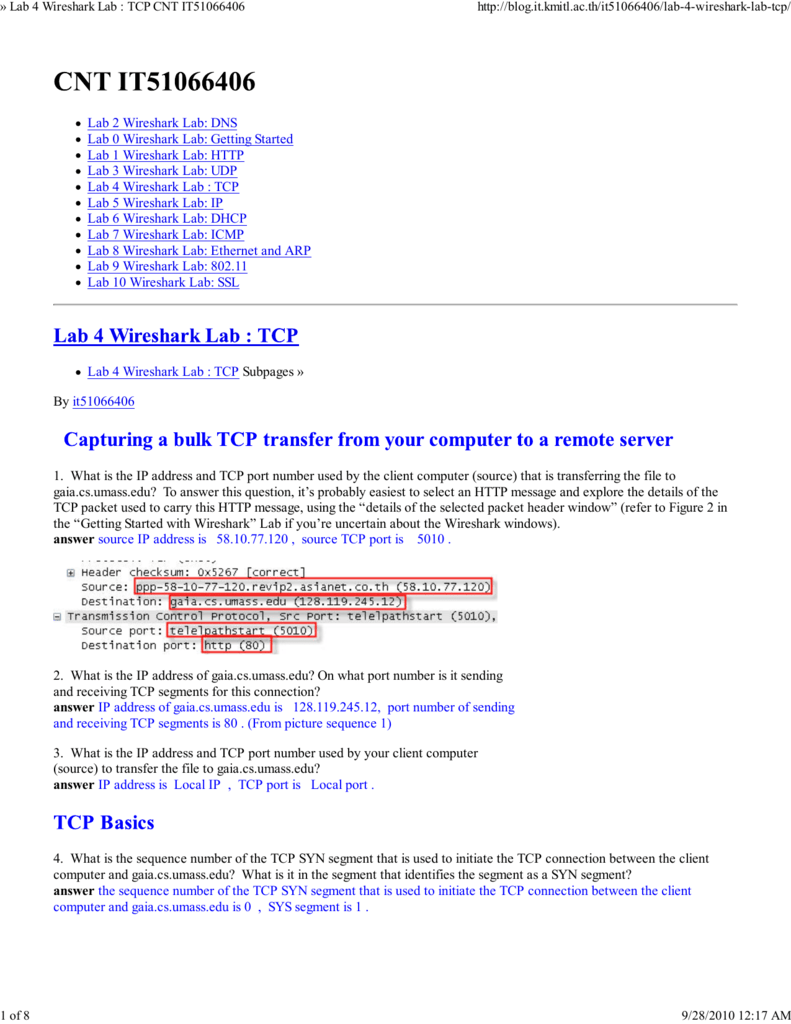

You can then use this trace file to answer the questions below. Once you have downloaded the trace, you can load it into Wireshark and view the trace using the File pull down menu, choosing Open, and then selecting the ethernet-ethereal-trace-1 trace file. The traces in this zip file were collected by Wireshark running on one of the author’s computers, while performing the steps indicated in the Wireshark lab. If you are unable to run Wireshark live on a computer, you can download the zip file and extract the file ethernet–ethereal-trace-1. References to figures and sections are for the 7 th edition of our text, Computer Networks, A Top-down Approach, 7 th ed., J.F. Start up the Wireshark packet snifferĮnter the following URL into your browser Your browser should display the rather lengthy US Bill of Rights. For Internet Explorer, select Tools->Internet Options->Delete Files. To do this under Mozilla Firefox V3, select Tools->Clear Recent History and check the box for Cache. Do the following 2 :įirst, make sure your browser’s cache is empty. Let’s begin by capturing a set of Ethernet frames to study. RFC 826 ( /in- notes/std/std37.txt ) contains the gory details of the ARP protocol, which is used by an IP device to determine the IP address of a remote interface whose Ethernet address is known.ġ. Before beginning this lab, you’ll probably want to review sections 6.4.1 (Link-layer addressing and ARP) and 6.4.2 (Ethernet) in the text 1. In this lab, we’ll investigate the Ethernet protocol and the ARP protocol.


 0 kommentar(er)
0 kommentar(er)
